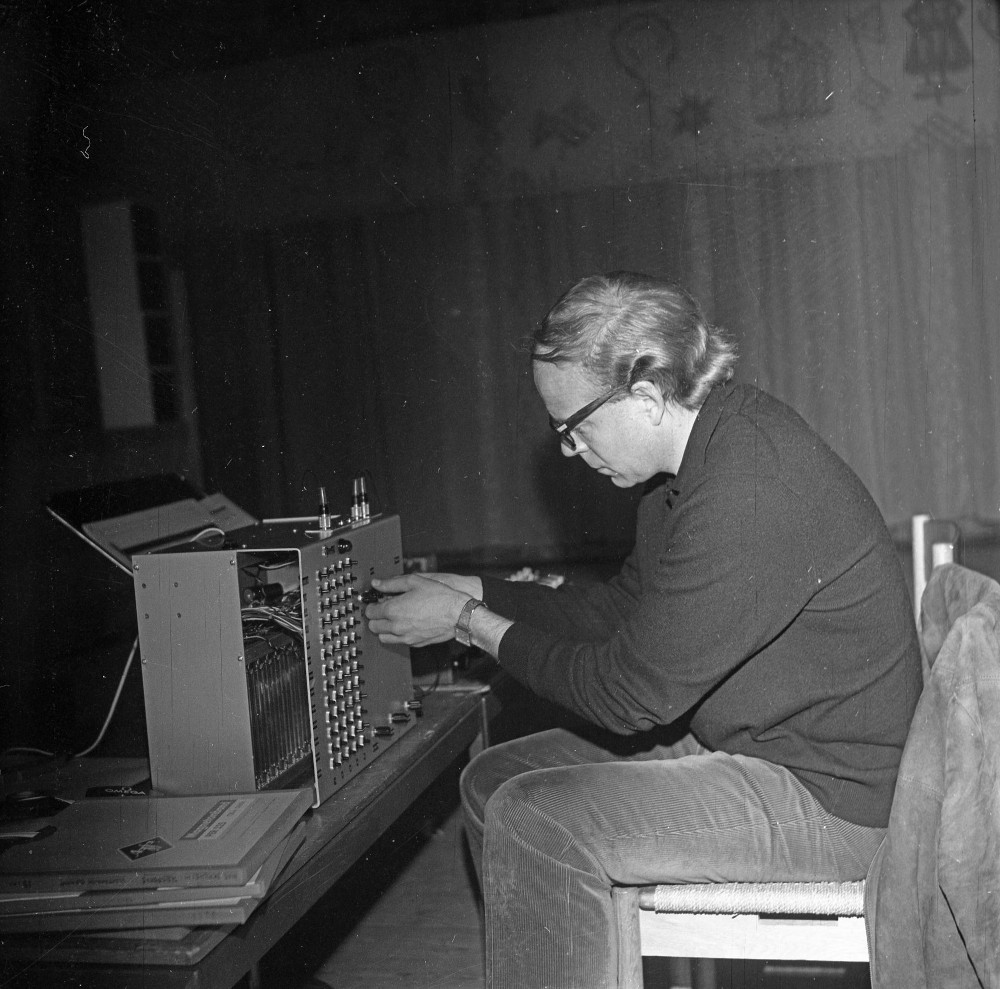Dråpen, worlds largest interactive music system?
Sewer is not something that you often relate to art installations. But at Bekkelaget Renseanlegg this is the case. Oslo has a growing population, and in 2001 when Oslo’s newest sewage treatment plant was under construction some of the funds for the project was allocated for an art installation. However, art in physical form as images, sculptures or light-installations was not in mind. Arne Nordheim, one of Norways first contemporary electronic music composers was commissioned to ornament this «shitty» location with an installation. It was called «Dråpen» (The Droplet).
The plant is located on the east side of Oslofjord inside a mountain. Large halls treat sewage water and releases it into the fjord. It is a smelly site dimensioned for 270 000 peoples waste. The piece consists of concrete and diffuse sounds exited by real time properties of the treatment plants operation. You can argue that this IMS is controlled by the most amount of people. Of course weather also factors in with runoff water.
The system is controlled by the amount of fluid that runs trough the system. The selection of audio, consisting of concrete and obscure sounds is selected on the basis of control data from the plant of which part of the processing it is in. The concrete sounds consist of children crying, polish burial orchestra, airport sounds, gunshots and more. 32 speakers, 2500 meters of cabling and 12 reverb processors can reorganise the audio in 500 million ways based on the sensors of the plant.

Nordheim said «The objective is to tell the visitors of the places function, and let the elements of the treatment process choose the spatialisation of the audio. I can imagine that the droplet-inspired reverberations will tell something about the massive volumes [of the halls] that live their unknown life under Ekeberg-hill. The reverberations will give the visitors an idea of distanse and the material surroundings of stone and water»
Nordheim claimed that the piece was most reverberant after the morning showers and evening news. This is disputed, since the latency from the source of sewer to the plant is quite long.
In 2019 I made a small radio documentary about the site, not knowing about Dråpen. You can listen to it in Norwegian at this link.
If you want to check it out, look for public viewings either under Ultima Contemporary Music Festival or other happenings. Otherwise, viewings can be organised privately in groups by contacting the plant here.
